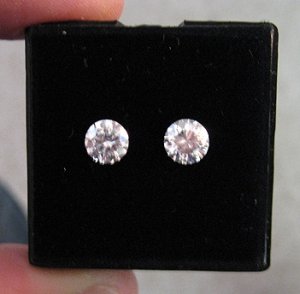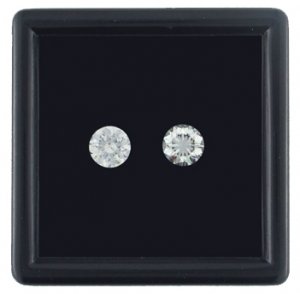- Joined
- Jun 20, 2013
- Messages
- 4,814
Wow! Thanks John! That was incredibly interesting! Thanks for posting it. I am by no means a cut expert, and I love learning more here every day.
I did compare it to a GIA ex cut and couldn't tell, so I feel lucky that I saved myself some money...
Thanks Arkieb1- I have to admit I was a little upset when I did the HCA but then I had to remind myself, like you said, it is just a predictor. I can't wait to get it back from Victor!!
I did compare it to a GIA ex cut and couldn't tell, so I feel lucky that I saved myself some money...
Thanks Arkieb1- I have to admit I was a little upset when I did the HCA but then I had to remind myself, like you said, it is just a predictor. I can't wait to get it back from Victor!!





300x240.png)